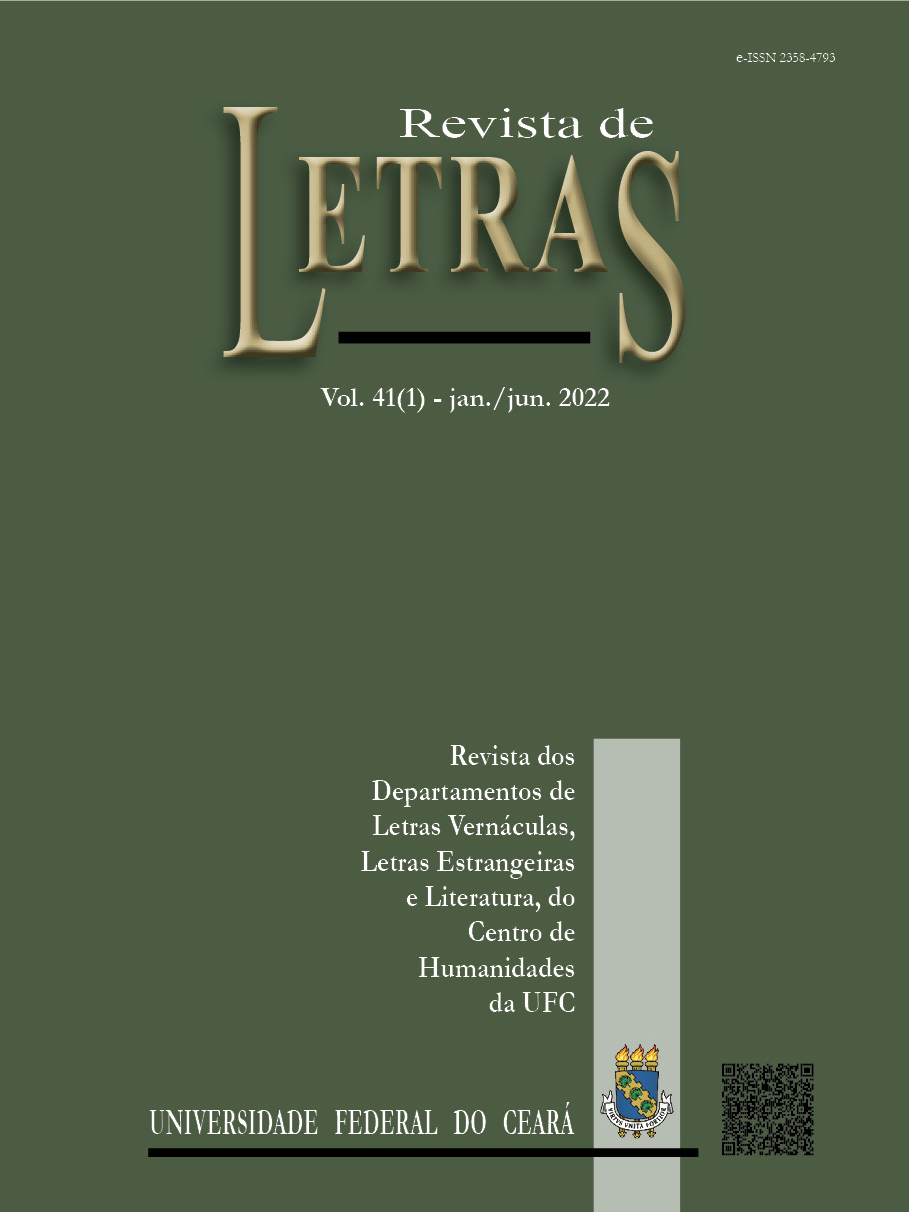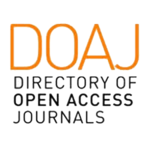ENTRE O COMUNICAR E O INTERAGIR
CONTRIBUIÇÕES EPISTÊMICAS DA SOCIOLINGUÍSTICA INTERACIONAL PARA A LINGUÍSTICA TEXTUAL
DOI:
https://doi.org/10.36517/revletras.41.1.10Abstract
Taking as a starting point the neglected situation (GOFFMAN, 1964) and the interaction/ritual order (GOFFMAN, 1967, 1983), as well as the notions of frame (BATESON, 1987 [1972]; GOFFMAN, 1974; TANNEN; WALLAT, 1987), footing (GOFFMAN, 2002 [1979]), context (GOODWIN; DURANTI, 1997 [1992]; VAN DIJK, 1977, 2012), communities of speech (HYMES, 1972a) and of practices (WENGER, 1998), communicative (HYMES, 1972b) and interactional (KRAMSCH, 1986; YOUNG, 2008, 2011) competences, contextualization cues (GUMPERZ, 1982) and metapragmatics (SILVERSTEIN, 1979; SIGNORINI, 2008; BLOMMAERT, 2014), I aim, in this work, to propose, from the emergent communicate-interact continuum of such theoretical-analytical principles, some epistemic projections in the scope of Interactional Sociolinguistics for Textual Linguistics. In short, I found that the discuss around discursive genres and text, and, in particular, the principles of meaning construction would have a denser notion of interaction, by taking Interactional Sociolinguistics to itself as a method and, at the same time, taking gender as the genesis of the interaction, which triggers frames/footings, and enables the construction of meanings through contextualizing clues, as well as the improvement of competence in the communicative and interactional spheres of subjects enrolled in a given community (of speech and practice).
Keywords: Interaction. Continuous communicate-interact. Text. Discursive genre. Meaning construction principles.
Downloads
Downloads
Published
How to Cite
Issue
Section
License
Autores que publicam nesta revista concordam com os seguintes termos:- Autores mantêm os direitos autorais e concedem à revista o direito de primeira publicação, com o trabalho simultaneamente licenciado sob a Licença Creative Commons Attribution que permite o compartilhamento do trabalho com reconhecimento da autoria e publicação inicial nesta revista.
- Autores têm autorização para assumir contratos adicionais separadamente, para distribuição não-exclusiva da versão do trabalho publicada nesta revista (ex.: publicar em repositório institucional ou como capítulo de livro), com reconhecimento de autoria e publicação inicial nesta revista.
- Autores têm permissão e são estimulados a publicar e distribuir seu trabalho online (ex.: em repositórios institucionais ou na sua página pessoal) a qualquer ponto antes ou durante o processo editorial, já que isso pode gerar alterações produtivas, bem como aumentar o impacto e a citação do trabalho publicado (Veja O Efeito do Acesso Livre).

.png)






.png)
